How To Teach Your Child Firearm Safety?
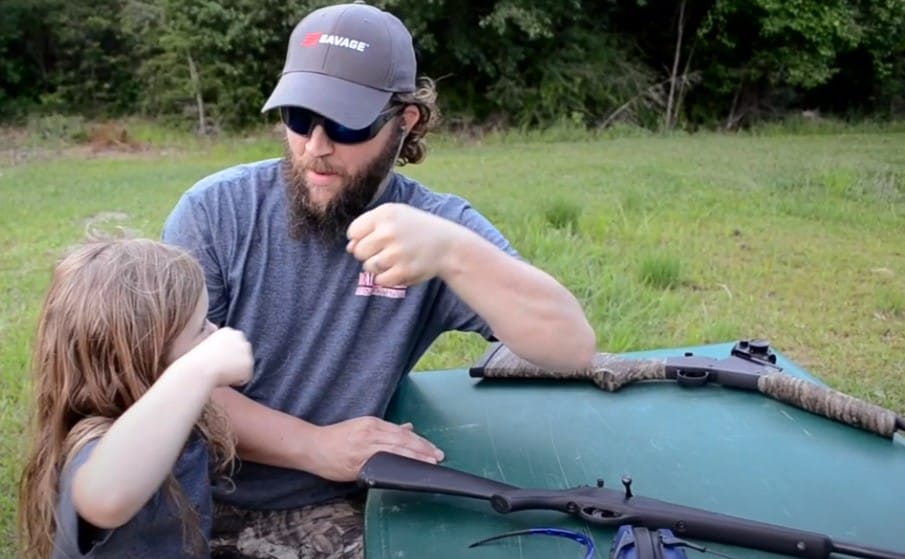
Education and discussion are the best way to approach firearm safety with your kids. Engage your children in a discussion about firearms and what they do, how they work, and where they should be stored.
Parents should teach their children how to handle firearms at an early age. They must learn how to handle guns responsibly and safely. It would help if you made sure that your kids are mature and old enough to understand firearm safety before teaching them about it.
If you want them to learn firearm safety, walk them through your home or explain it simply to them. When playing outside or visiting friends, ensure they know where guns are stored and what they should do if they find one.
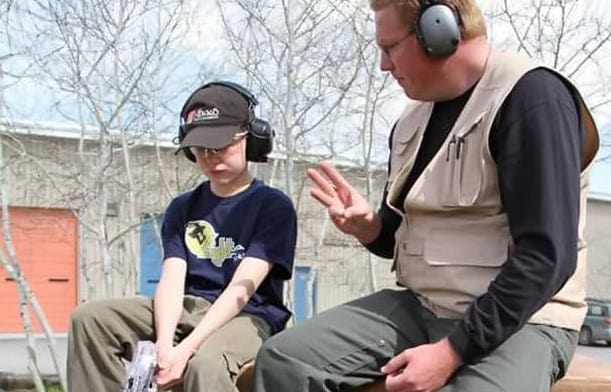
Guns and Children: When Should You Teach Them?
How old should your child be before they learn about guns? It is best to do it as soon as possible, especially if you have one or more guns at home. You don’t need to teach your kids how to shoot guns; you need to teach them about guns.
When your child is old enough to understand what you’re saying, you can and should start teaching them about guns. Children can learn to shoot later on.
It is up to you as their parent to determine when your child is ready to understand guns and learn how to handle them responsibly. You should follow these age-appropriate guidelines to teach your child how to handle a gun.
Rules For Gun Safety For Kids
Parents and other adults must be aware that children could discover a gun when a parent or another adult does not accompany them.
Children could be victimized in their own homes, in the homes of friends, neighbors, or relatives; or in public places such as schools and parks. Children must be taught these rules in the event this should occur.
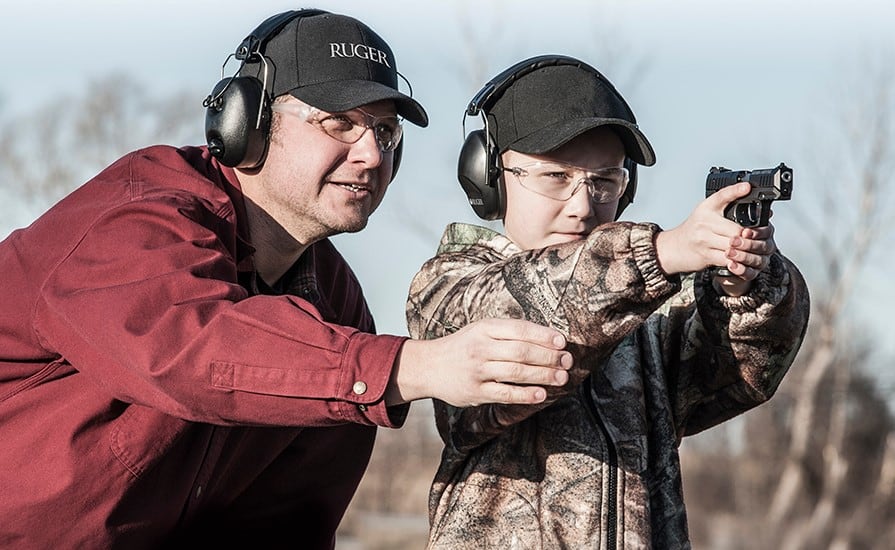
1. Just Stop
There is a lot of importance in this first step. First, taking a break lets your child get the rest of the safety instructions in.
2. Keep Your Hands Off!
Another rule is for children not to touch guns they find or see. It may seem logical to a child to pick up a gun and give it to an adult after finding it.
Every child should be taught that they should never handle a gun that they may find or see. As a result, your child or other people are unlikely to be in danger from a firearm that is not touched or disturbed.
3. Get Out Of Here
Third, get out of the area as soon as possible. Guns should never be taken away from another child or used to stop another person from using them.
As a result, it is less tempting for people to touch the firearm and less likely that another person will accidentally fire it.
4. Get In Touch With An Adult
An adult should be informed by a child when they see a gun. In addition, children should not be allowed to play with or shoot guns around other kids.
When a parent or guardian is not available, children should seek help from a trustworthy adult, neighbor, relative, or teacher.
Note:
According to the California Chapter of the American College of Emergency Physicians, when children or adolescents encounter guns accidentally, such warnings alone may not be enough to prevent accidents.
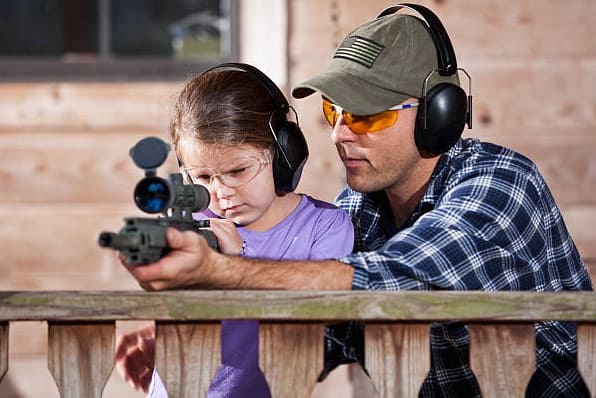
Basic Gun Safety Instructions For Kids
It can be nerve-wracking for parents to teach their children about gun safety. When it comes to a topic like firearms and safety, finding the right words and actions to demonstrate safety is not always easy.
I am an overprotective modern parent who gets nervous when my children ride bicycles. I wouldn’t teach my children to hunt if I thought hunting was dangerous.
We place so much emphasis on gun safety in hunting and shooting because the accident rates are so low.
It’s a shame that teaching kids how to be safe shooters doesn’t call for much sense of humor, even though hunting is supposed to be fun. On the other hand, your tone of voice will elicit a response from children when you take the discussion seriously.
Make Gun Safety A Priority
Whenever children show awareness or interest in guns, it’s a good idea to start teaching them about them.
Seeing his dad clean a rifle or hearing someone mention going to the range may trigger your child’s interest. Most likely, this will occur between the ages of 3 and 7.
Around this time, you can begin teaching children that guns are not toys – not even toy guns. Your children should also be taught not to leave toys lying around, just as you wouldn’t leave a real gun around.
The best way to show your child that you care about their safety is by purchasing a chest with a lock that they can use as their own gun safe, where they can store any toy guns that they don’t wish to use, including water guns.
You can use this to show your child that guns can be used for sport but should never be treated as toys. During this time, you can also teach your child what to do if they come across a gun – stop, run away, and tell an adult when you see a gun.
For teaching this to your child, there are several different methods available, including the Eddie Eagle Program from the NRA. In addition, some helpful guidelines here for young children are often called the “Stop, Drop, and Roll” guidelines for gun safety.
Become An Example
As a parent, you are trying to instill lifelong safety habits in your child, and nothing speaks louder than your own actions. Therefore, put extra emphasis on safety when handling your own firearms.
We should also mention that boats, ATVs, tree stands, and motor vehicles are just as deadly when misused as guns. The more you show your young hunter about them, the more he will learn.
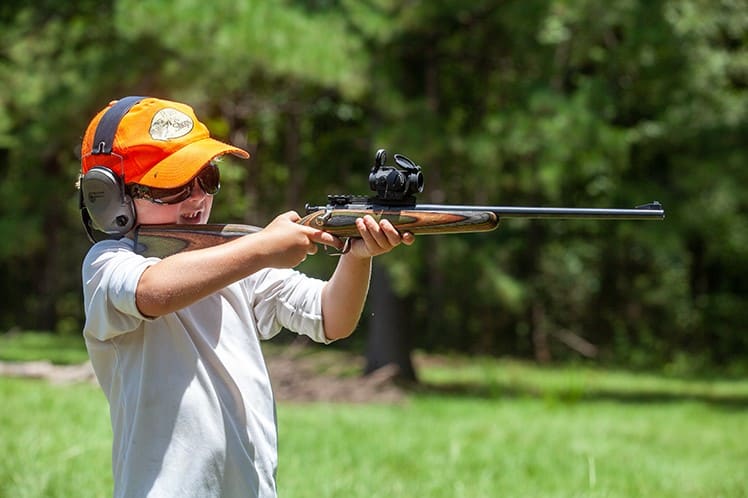
The Importance Of Talking About Guns With Children
There is something natural about children being curious about things they don’t know about or view as forbidden. You may want to address your child’s curiosity by answering questions honestly and openly whenever they ask questions or acts out gunplay.
This will reduce natural curiosity by removing the mystery. Furthermore, remember to speak to children in a manner they will understand and relate to. The importance of this is emphasized when educating children about the difference between “real” and “make-believe.”
It is important to explain to children that real guns are very different from toy guns, no matter how similar they may look. If someone is shot with a real gun, they will be hurt or killed.
Develop A Sense Of Responsibility And Safety
According to the American Academy of Pediatrics, teenagers who struggle for identity, independence, and autonomy are highly vulnerable during adolescence.
Despite their innocent ignorance of the many dangers around them, children are naturally curious. The frequent use of cautionary words, however, may not be sufficient to protect adolescents as well as children.
Contrary actions can completely undermine good advice. Regarding gun safety, taking the “do what I say, don’t do what I do” approach is both irresponsible and dangerous.
Between the ages of 5 and 7, you can introduce your child to the parts of a gun and teach them how to maintain one.
In addition to familiarizing them with the parts of the gun, this also teaches them how to disassemble and assemble the gun properly. The mystery surrounding a gun removes the temptation a child might otherwise feel to explore it.
Additionally, you can reinforce the importance of safety and proper handling by teaching them about the parts of a gun.
The fact that your child is older does not mean these concepts are no longer relevant. On the contrary, maintaining guns and applying makeup are great opportunities to bring up firearm safety.
Make Sure To Pick Your First Hunt Carefully
You can introduce your child to proper shooting form and marksmanship between the ages of 7 and 10 if they are mature enough to do so. When their child was in diapers, most fathers dreamed of going hunting with their son.
You might be tempted to fulfill your dream of sitting up in a deer stand with your son and shooting the first buck that crosses your path by bringing your own firearm. But don’t fulfill that dream yet.
You should leave your firearm at home the first time you plan to take your child hunting. No matter how much practice your child has had with BB guns or firearms since he or she was a youngster, a first hunt can still be an intense experience.
You’ll need to pay attention to them and sometimes give them physical assistance. In that case, giving them both would be much easier if you didn’t have to track your own gun as well.
You should start with a small game, such as squirrels, waterfowl, deer, turkeys, or doves, and then move on to a larger game. Don’t bring your own gun with you. Your hunter will appreciate your advice and will feel confident taking the safety off and shooting the gun.
Upland hunting should be saved for last. Shoot-or-don’t-shoot decisions need to be made in split seconds while walking with a loaded gun.
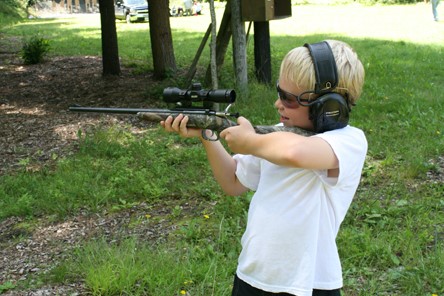
The Range Is A Great Place To Spend Time
By taking your children shooting more often, they’ll become more proficient at handling guns safely. In the range, muzzles should always point upward, downward, or downrange.
Hand out shells one by one while keeping control of the ammunition. Muzzle control will be a major concern for kids before they actually fire a shot. The moment the gun goes off, they will turn to you, swing the gun, or drop it, so it points at their feet.
An empty gun is not a tragedy but a teachable moment. Make eye and ear protection a priority and wear it yourself whenever possible.
A BB Gun Will Do The Trick
Children can learn good safety habits from BB guns or bad safety habits from them. Red Ryders were the only weapons kids of my generation had, and no parental supervision was required. So, it’s possible to do it better.
You should give your child a BB gun about a year before he or she begins to shoot .22s or 20-gauge guns. Then, it should be treated like a real gun by storing it with your other guns.
When you go hunting with your young hunter, let him/her bring it along unloaded. Make sure he carries it safely by pointing the muzzle in a safe direction. At the end of the day, pack some BBs along for some safe target shooting.
You may even see signs of your future marksman becoming a good shooter at this point. Ensure that they are encouraged to be excited, but also remind them that guns are not toys.
You may also need to remind them that they shouldn’t take out their BB gun without an adult present and that they should never show off their gun to their friends.
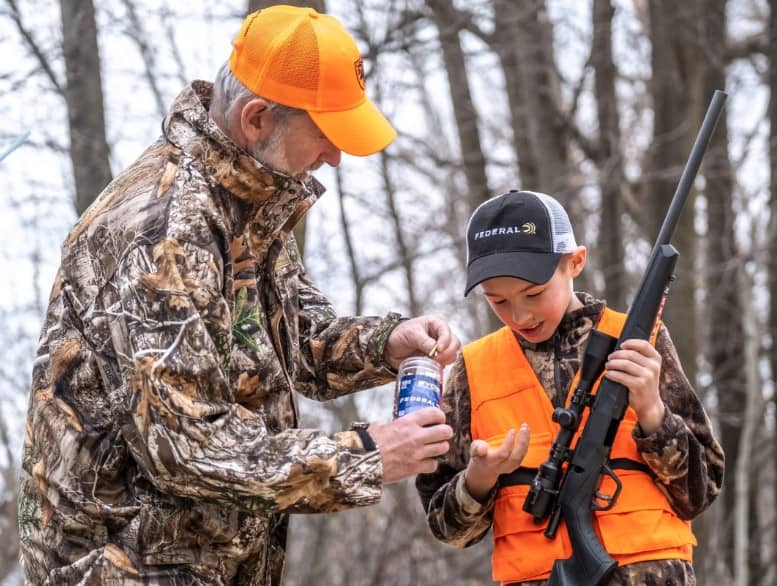
Taking The Mystery Out Of Guns
There is something fascinating about guns, especially for young boys. But unfortunately, it only increases the allure of guns by keeping them forbidden and mysterious. With your permission and supervision, let your children handle your guns.
Empty the chamber and magazine and show them how to check. Provide them with a safe direction to point the gun in. They should only do so whenever they touch a trigger when they want the gun to fire.
Taking them to the gun club will give them a vivid impression of targets being smashed to pieces. Bring home the animals you kill and show them the bloody wounds your guns caused.
A friend of mine shoots a cantaloupe at 10 paces with a 12-gauge to impress new shooters with the power of firearms. It will be as easy to distinguish real guns from toy guns as to distinguish real cars from toy ones.
When It Comes To Guns And Children, You Can Never Be Too Careful
Children and guns should be handled with extreme caution at all times. A toddler should not be assumed incapable of pulling the trigger simply because they lack finger strength. Children’s thumbs are twice as strong as their other fingers.
The gun’s barrel is inevitably pointed directly at the child’s face when a toddler’s thumb “pushes” on a trigger. So, keep firearms out of the house at all times or inside a secure gun safe.
Regardless of whether you have children or whether they are adults and living on their own, child safety precautions still apply. Visits may be made by nephews, nieces, neighbors’ children, or grandchildren. Gun safety should always be practiced.
Keeping all guns unloaded, securing them with a firearms safety device, and storing them in a locked container will prevent injury or death caused by improper firearms storage in a home with children. In addition, a separate location should be designated for ammunition storage.
Final Advice
The national agenda is dominated by gun legislation and gun safety these days, and it’s not hard to see why. No matter what channel you watch or what newspaper you read, there will be at least one story about someone being injured by a gun.
Parents, even gun owners, are tempted to pretend that guns don’t exist to protect their children from these accidents.
Surely your child won’t find the gun if you don’t tell her about it?
You’re mistaken!
The danger of ignoring guns and not teaching your children about guns is that they will view them inappropriately.
Even though you don’t own a gun, your children will likely have friends whose parents do, so your child may be exposed to one at some point.
Making it a priority to teach your children how to handle weapons properly is one of the most important things you can do as a parent. Children’s risk of accidental injury plummets when guns are demystified and handled appropriately.
Gun safety is not something to be timid about. On the contrary, you must constantly stress safety whenever you handle firearms, especially around children or non-shooters.

